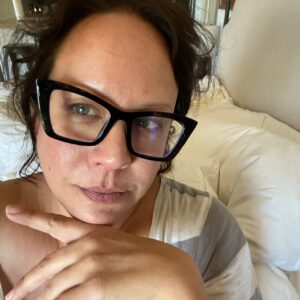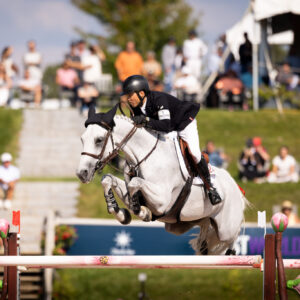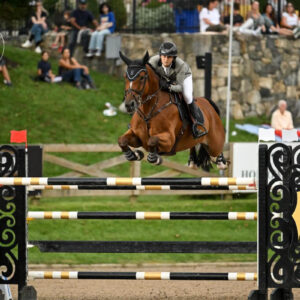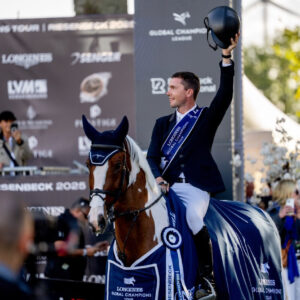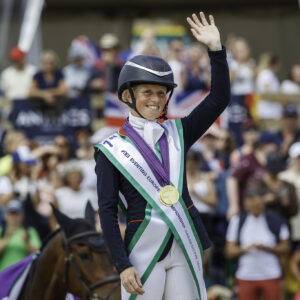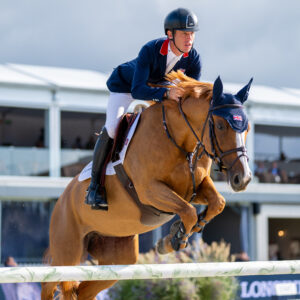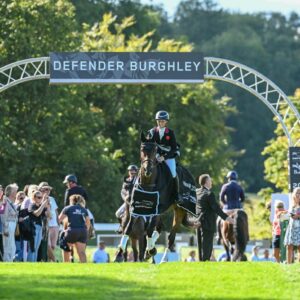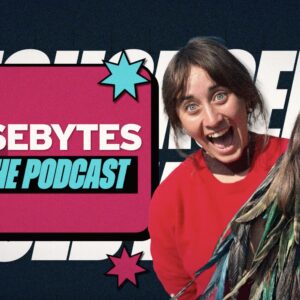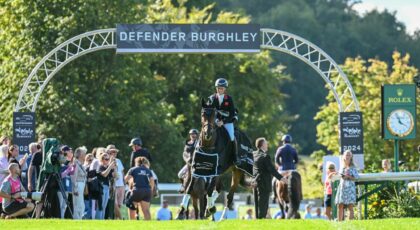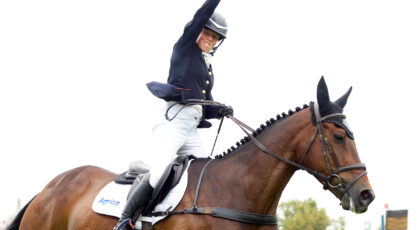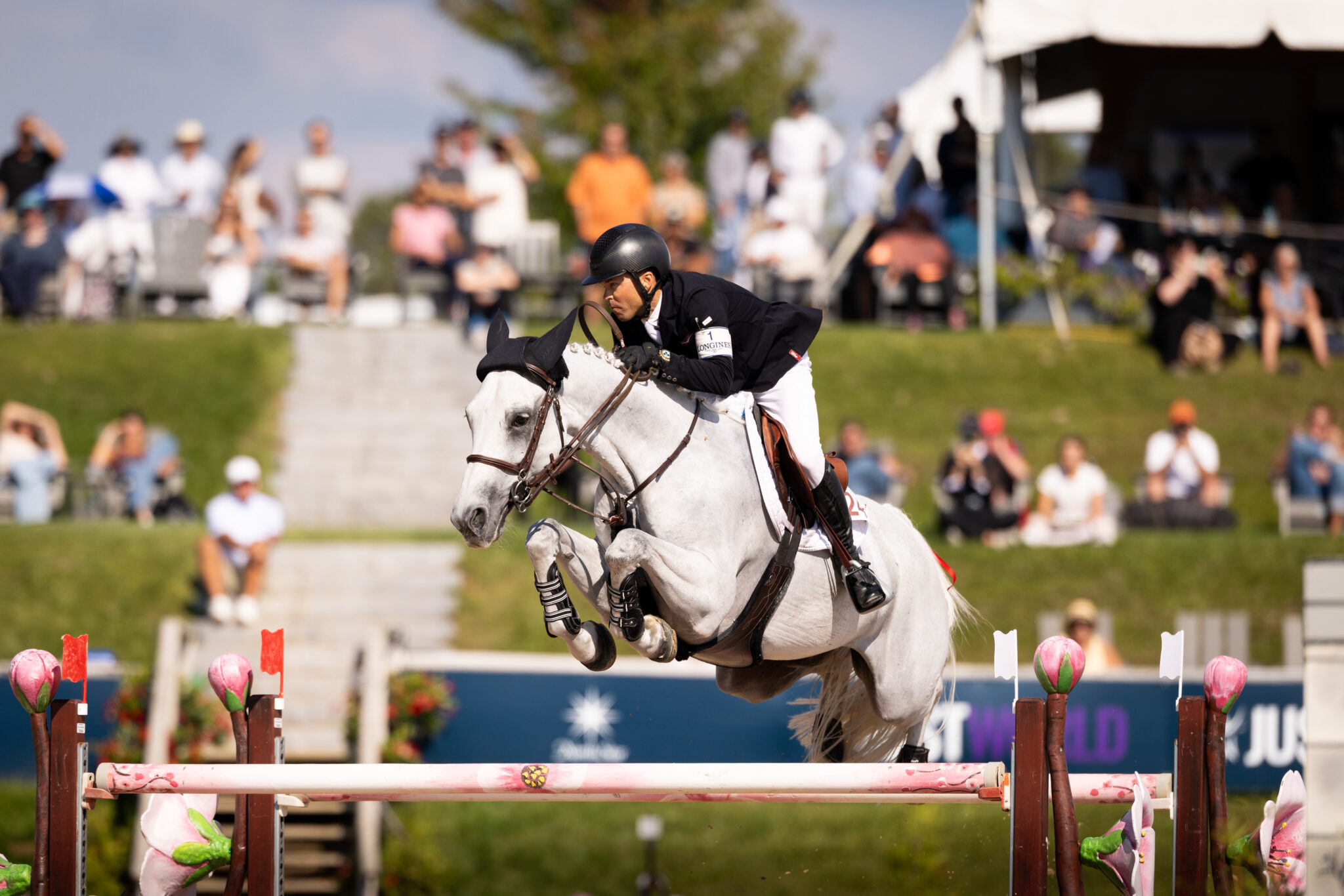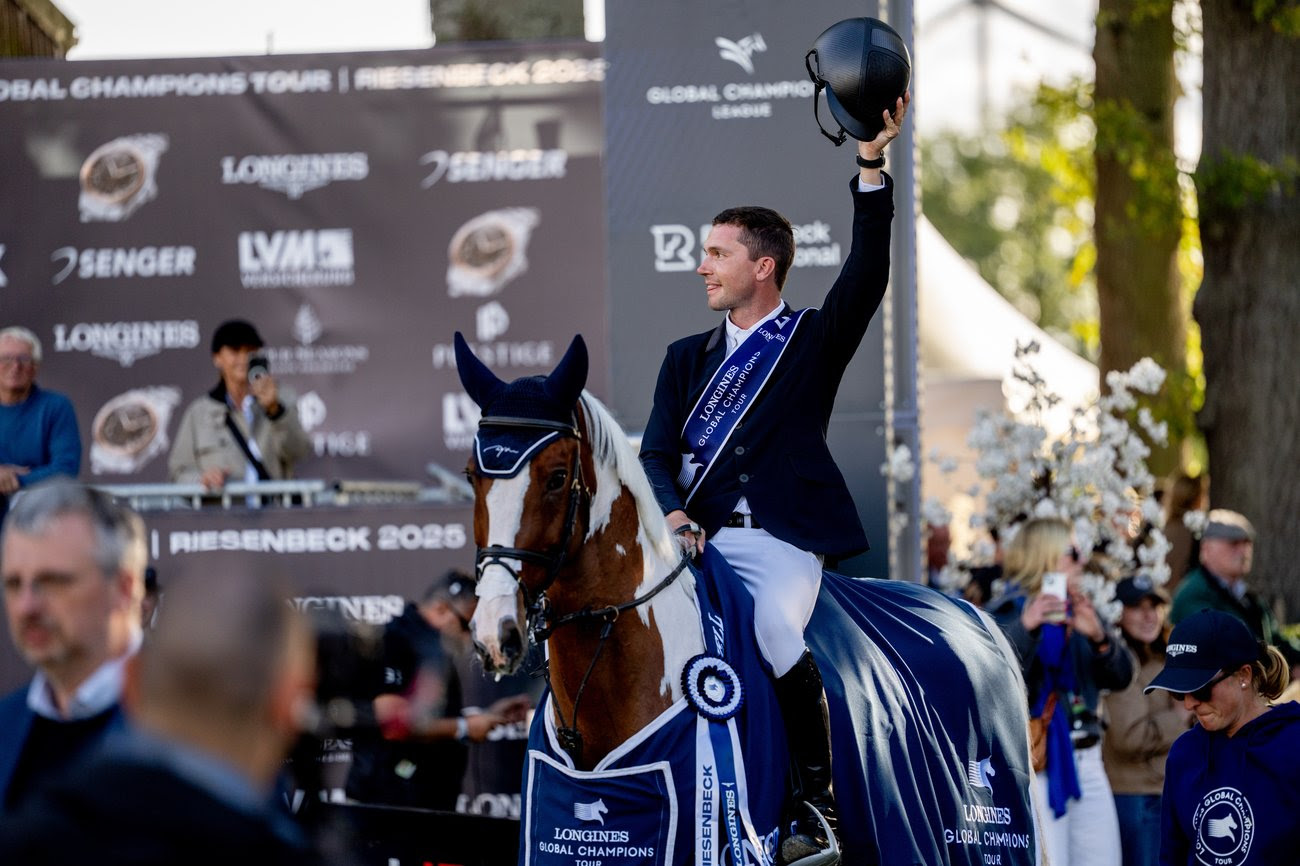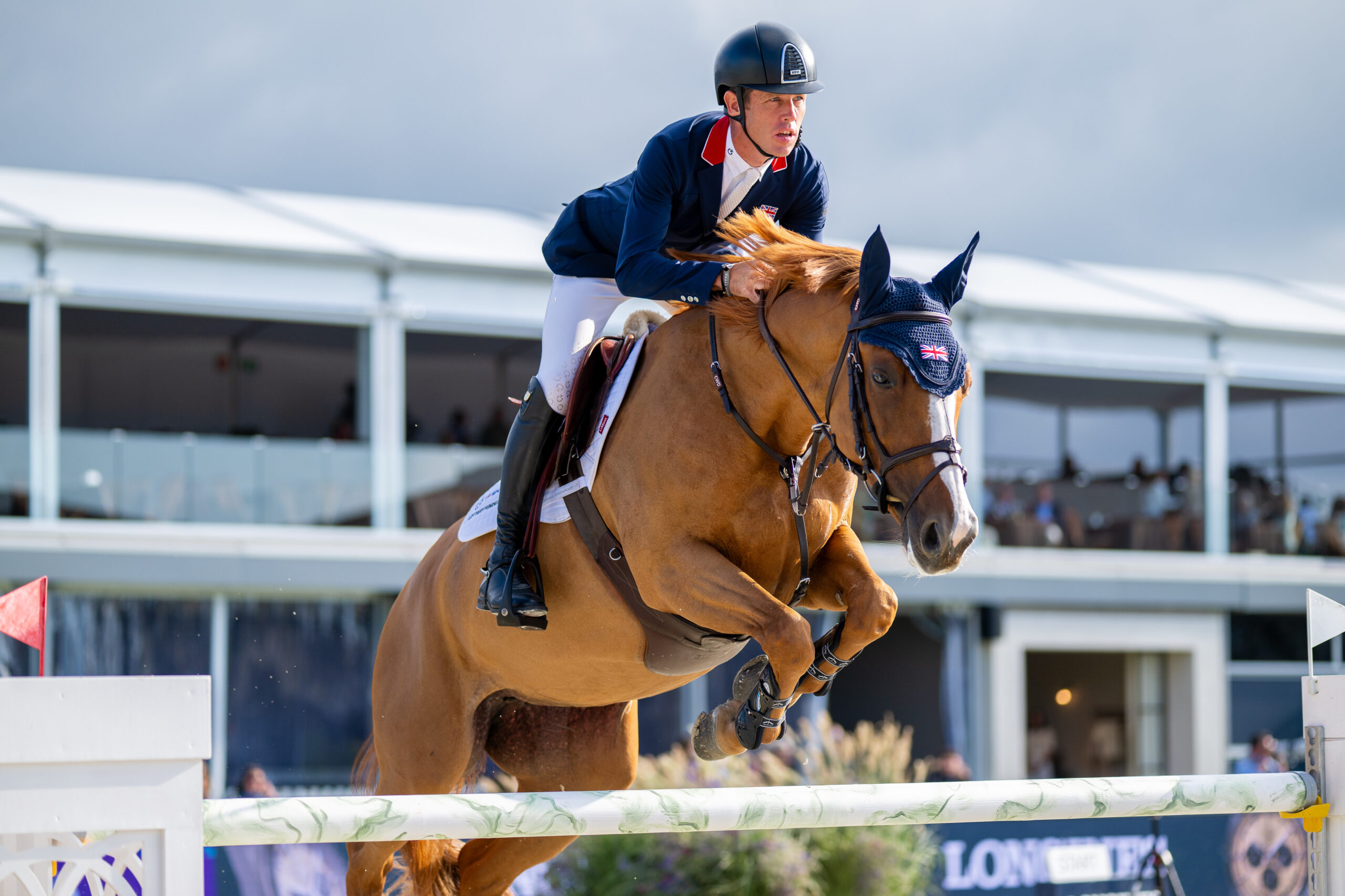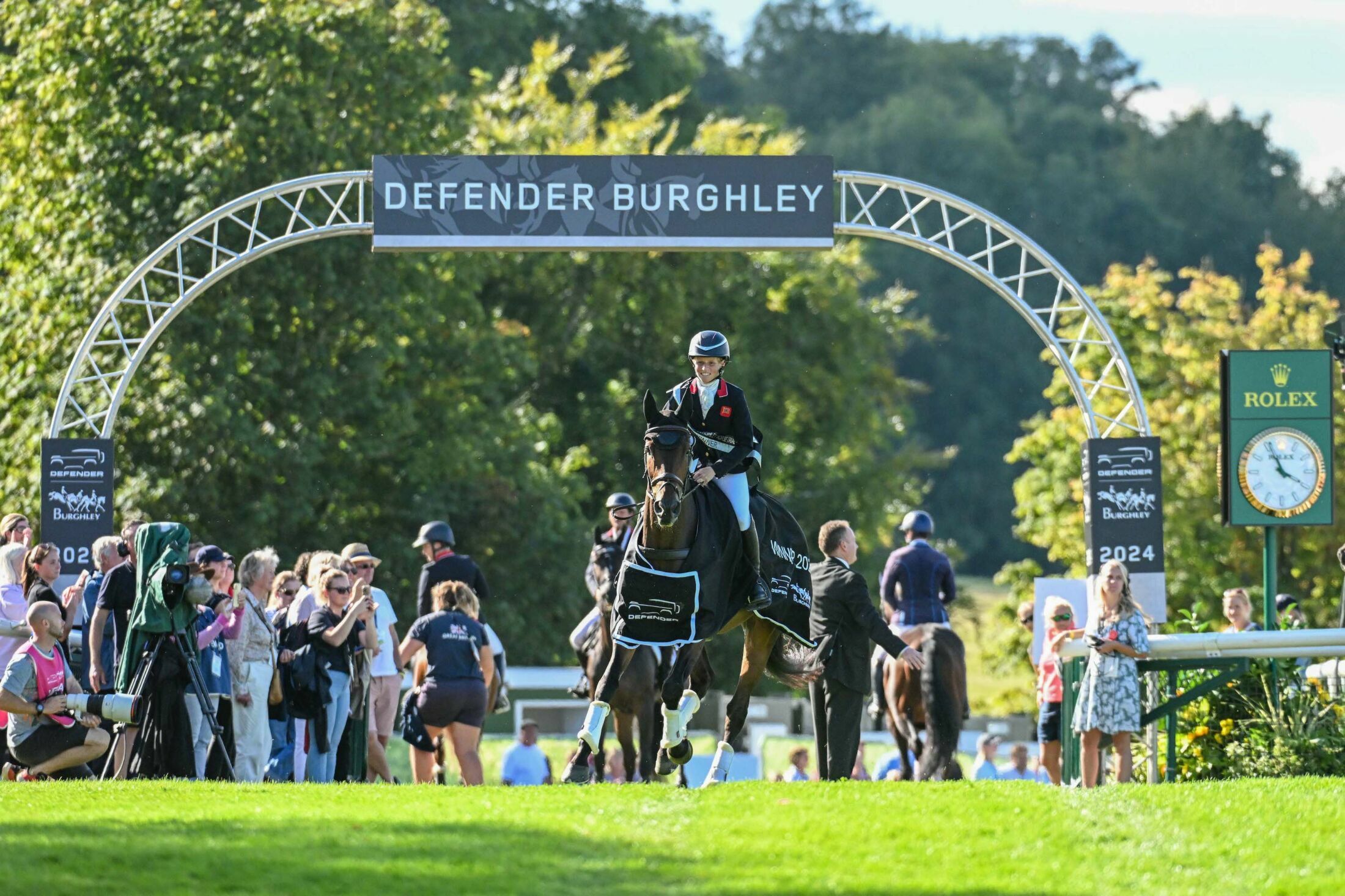Winter can bring the doldrums even to our horses.
In their natural environment, the air gets colder, the ground gets harder, food gets scarcer and predators get hungrier. Like us, sometimes they just don’t have the same ”spring” in their step.
For humans living in many areas, the winter months can often bring “cabin fever.” Little or no riding, frozen ground, house bound from snow and ice, short days and long cold nights. We worry about falling out of shape or losing some of the wonderful progress we made with our horse during the summer. Sometimes we feel frustrated or sorry for ourselves.
What if we stop thinking about ourselves and think about our horse. Is he feeling sorry for himself because we’re not riding him? Is he worried that he might lose his edge performing piaffes or flying lead changes? Probably not. Do I think of my horse only when I think about riding him? Is my relationship with my horse just physical? What might my horse miss in the winter months?
Natural horsemanship reminds me to look at every situation as if I were a horse.
If I’m a domestic horse and I’m boarded at a good size stable with other horses, chances are I won’t be turned out as much as I would want. If there’s snow and ice, sometimes I won’t be turned out at all. If my human partner isn’t coming to be with me because he can’t ride me, if I’m spending day after day in my stall waiting for snow and ice to melt; chances are, just like my human partner, I’m going to acquire some “cabin fever” of my own.
Horses, like humans, are all different. One horse may be able to tolerate being in his stall for long periods without interacting with another creature or being turned out. Another horse might become a little colicky or start cribbing. What kind of personality does my horse have and what does he need?
What’s important is for me to be the leader in our herd of two. To protect, care for, and show up for my partner, whether I’m on his back or he’s in the barn. Natural Horsemanship is about a complete relationship with my horse: physical, mental, emotional, and spiritual. Not being able to work on the riding part of our relationship doesn’t mean I have to stop improving the mental and emotional part of our relationship.
If I can’t ride, I can still visit. I can groom or walk him around in places that are safe. I can find and scratch his favorite spots. I can practice gentling exercises, getting him to bend and bring his head around toward his belly. I can play trust games like slowly asking him to bend and smell his tail without becoming upset. Or I can take a bucket, turn it upside down, sit and just be with him.
We’re the ones who invited our horses into the human world of barns, stalls, and schedules. We’re the ones who he looks to for comfort, support, and friendship. In building human relationships people sometimes wonder, “do they love me for me, or is it my car or my money, etc.”
When my horse sees me I want him to think, ‘Great! Here’s my partner. I’m always happy to see her. She brings positive things into my life. Companionship, affection, exercise, a treat, a back rub and, sometimes, when it’s not so cold, we go riding or play sports.’
I don’t want my horse to see me and think it’s work time because that’s what we do every time I come to visit.
To spend 20 or 30 minutes, three, four, or five times a week connecting with our horse mentally and emotionally is enormously meaningful to him. It can also be relaxing and fun for us. It builds the love, trust, and respect necessary to have a true partnership with our horse (which includes riding). It also helps horses and humans get through the winter together.
Love is what you give your time to. Children know this. Horses know it too.

About the Author
Tim Hayes is a Natural Horsemanship Clinician and the author RIDING HOME: The Power of Horses to Heal. Learn more at ridinghome.com. For Tim’s clinics and more, go to Hayesisforhorses.com.


 December 13, 2017
December 13, 2017 





